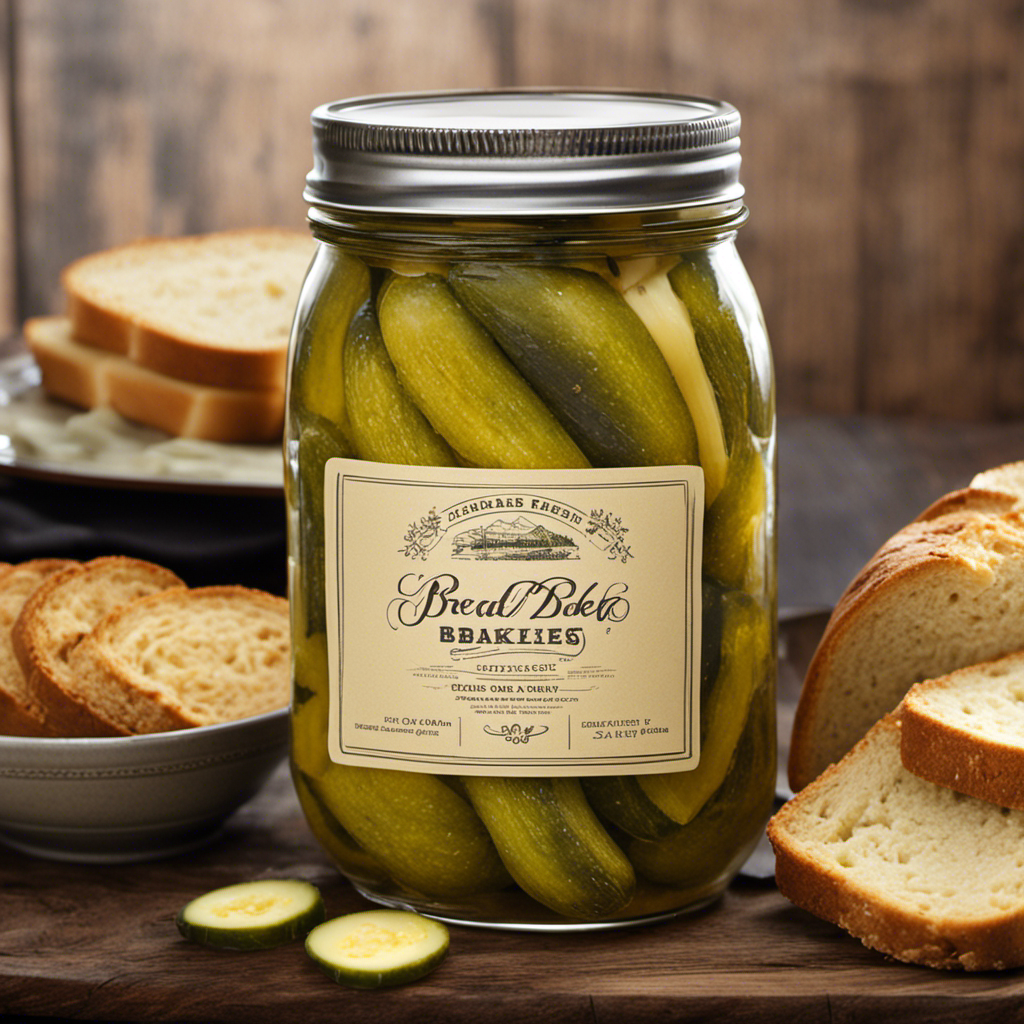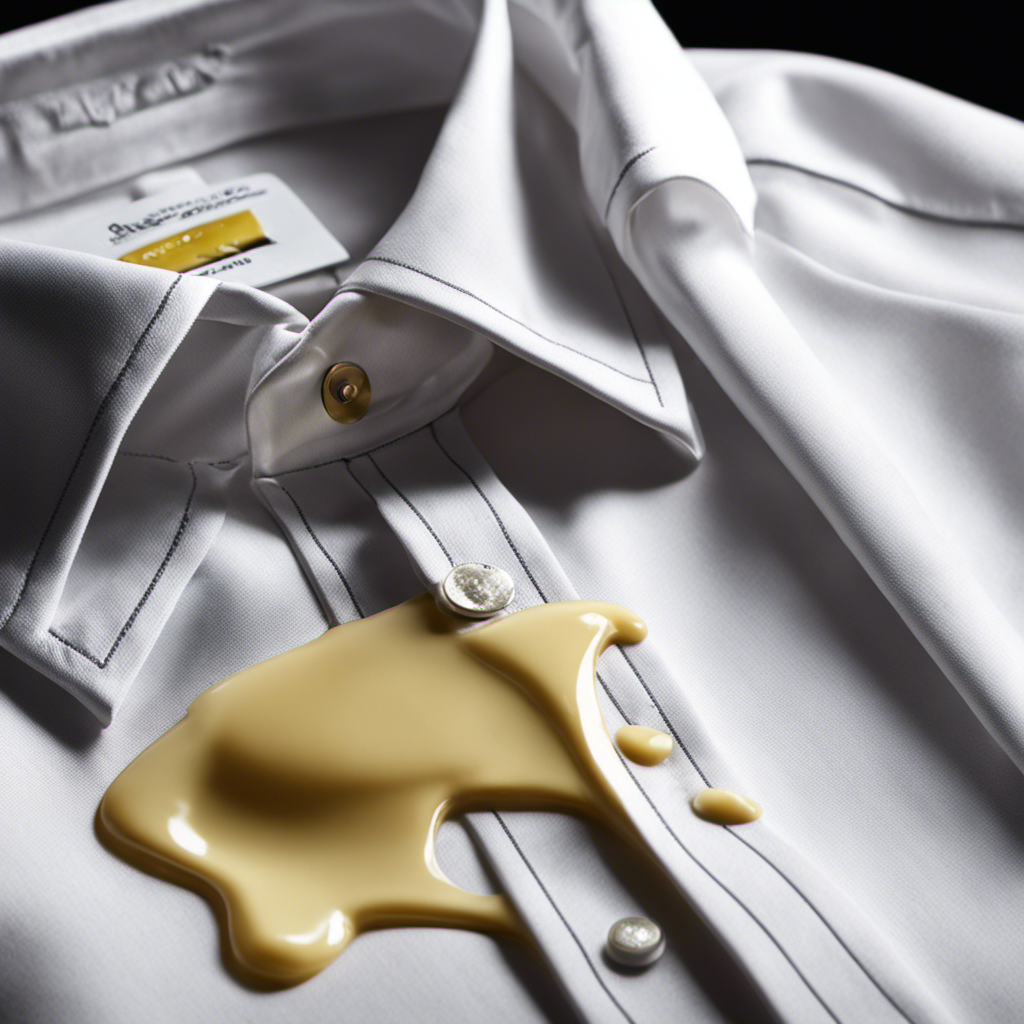To make a scrumptious butter sauce for lobster, start by melting butter in a pan. Add garlic, lemon juice, cilantro, and pepper for flavor. Use lobster shells to boost the taste. Balanced flavors are key. Quality ingredients like real butter are essential. Strain the sauce for a smoother texture. Nutritional facts can help with dietary choices. Check Allrecipes for more recipe details and user ratings. Experiment with different seasonings and heat settings. Enhance your culinary skills and share experiences. Elevate your lobster dish with this exquisite butter sauce!
Key Takeaways
- Melt butter with garlic, lemon, and cilantro for lobster butter sauce.
- Infuse lobster shells for maximum flavor extraction.
- Balance flavors with tangy lemon juice.
- Strain for a smoother texture if desired.
- Use quality ingredients like real butter and fresh herbs.
Butter Sauce Ingredients
Melting butter in a saucepan is the first step in preparing the flavorful butter sauce for lobster. The butter is then infused with garlic, lemon juice, cilantro, and pepper to enhance the taste profile. When making the sauce, it's vital to utilize the lobster shells to extract maximum flavor. The shells can be simmered in the butter to create a rich and savory base for the sauce.
Adding lemon juice to the butter sauce provides a tangy and invigorating element that complements the richness of the butter. The acidity of the lemon juice helps cut through the richness, balancing the flavors perfectly. This simple addition elevates the sauce to a whole new level of deliciousness.
Butter Sauce Preparation

To create the butter sauce for lobster, start by melting whole unsalted butter in a hot pan or saucepan as the base.
Once the butter is melted, add minced garlic to infuse the sauce with a rich and savory flavor. Stir the garlic into the melted butter, allowing it to cook until fragrant.
For a zesty twist, squeeze in some fresh lemon juice and sprinkle in chopped cilantro to enhance the taste profile of the sauce.
The combination of butter, garlic, lemon, and cilantro creates a well-balanced and aromatic butter sauce that perfectly complements the sweet and delicate flavor of lobster meat.
Remember, using quality ingredients such as real butter, fresh garlic, and herbs is vital in achieving a delicious butter sauce that will elevate your lobster dining experience.
Get ready to dip your succulent lobster meat into this flavorful and luxurious butter sauce for a truly delightful meal.
Optional Straining Step

Contemplate straining the lobster butter sauce to achieve a smoother texture and enhance its visual appeal. Straining the sauce is an optional step that can take your culinary creation to the next level. Here are some reasons why you might want to contemplate this extra effort:
- Improved Texture: Removing any remaining solids through straining can result in a velvety smooth sauce.
- Enhanced Visual Appeal: A clear and refined sauce can elevate the presentation of your dish.
- Better Mouthfeel: Say goodbye to any gritty or chunky bits that might detract from the overall experience.
- Personal Preference: While some enjoy the added texture from the solids, others may prefer a smoother consistency.
- Cleaner Presentation: Straining before serving can provide a cleaner presentation and ensure a consistent flavor profile throughout.
Give your lobster butter sauce that extra touch of finesse by contemplating the optional straining step.
Nutritional Information Details

For a thorough understanding of the lobster butter sauce's nutritional value, review the detailed information provided, including calorie content and fat composition. When considering the nutritional information of lobster butter sauce, it's crucial to be aware of the calorie content and fat composition. Below is a table outlining the approximate values for a typical serving of lobster butter sauce:
| Nutrient | Amount per Serving | % Daily Value |
|---|---|---|
| Calories | 120 | 6% |
| Total Fat | 12g | 18% |
| Saturated Fat | 7g | 35% |
| Cholesterol | 30mg | 10% |
| Sodium | 200mg | 8% |
Keep in mind that these values can vary based on the specific recipe and ingredients used. Understanding the nutritional information of lobster butter sauce can help you in making informed decisions about your dietary choices. If you have specific dietary requirements, it's advisable to seek guidance from a healthcare professional or dietitian.
Publisher Information

Discover the culinary world of Allrecipes, a trusted resource within the Dotdash Meredith publishing network, known for its diverse collection of recipes and culinary insights.
When it comes to the lobster butter sauce recipe, Allrecipes offers not only a delightful culinary experience but also a platform for engagement and community interaction. Here are some key features about Allrecipes and the lobster butter sauce recipe:
- Allrecipes, part of the Dotdash Meredith family, provides a wide range of recipes and cooking tips.
- The lobster butter sauce recipe, credited to Sam Sifton, puts a unique twist on this classic dish.
- With 139 user ratings, this recipe has gained popularity among home cooks.
- Users can log in to interact with the recipe, rating it and marking it as cooked, fostering community engagement.
- Allrecipes allows users to share their cooking experiences, leave private notes, and contribute cooking tips for recipe improvement.
All in all, Allrecipes offers not just recipes but a vibrant community for culinary enthusiasts to connect and share their love for cooking.
Recipe Management Tips

To efficiently organize and save your favorite recipes, utilize recipe management tools available on Allrecipes. These tools allow you to create collections for different types of recipes, such as desserts or main courses, making it easier to find what you need when you need it.
When making the butter sauce for your lobster, remember to use a low heat setting on your saucepan to prevent the butter from burning. To start, melt the butter in a saucepan over low heat, ensuring it doesn't sizzle or brown too quickly. Once melted, you can add in your desired seasonings and ingredients to create a flavorful sauce for your lobster dish.
User Interaction and Feedback

When exploring the lobster butter sauce recipe on Allrecipes, engage with the community through user interaction and feedback to enhance your cooking experience. Here are some ways you can benefit from user interaction and feedback:
- Explore 139 user ratings from cooks like you to gauge the recipe's popularity.
- Log in to rate the recipe, mark it as cooked, and leave private notes for your reference.
- Share your cooking experiences and gather tips, modifications, and alternative methods from the community.
- Discover suggestions on saving lobster shells, using the butter sauce with lobster meat, and incorporating it into various dishes.
- Learn efficient cooking techniques and creative ways to utilize lobster tails in your dishes from fellow cooks across the platform.
Engaging with others on the platform can't only enrich your cooking journey but also introduce you to new ideas and perspectives from a diverse community of food enthusiasts.
Frequently Asked Questions
What Is Lobster Butter Sauce Made Of?
Lobster butter sauce is made of simmering lobster shells in butter, cream, garlic, lemon juice, herbs like cilantro, and spices like pepper. Customize with your preferred herbs and spices for a rich, creamy sauce that complements lobster perfectly.
What Kind of Butter Do Restaurants Use for Lobster?
Restaurants use unsalted whole butter for lobster dishes to control salt content and enhance flavor. Clarified butter, often infused with garlic, lemon, or herbs, is a common choice. Quality butter greatly impacts the taste of the dish.
What Is the Best Sauce for Lobster?
When it comes to lobster, the best sauce is like a golden crown on a majestic dish. Melted butter, with a touch of garlic, lemon, or spice, enhances the sweet, delicate flavor of lobster meat perfectly.
What Is Seafood Butter Sauce Made Of?
Seafood butter sauce is made of melted butter infused with flavors like garlic, lemon juice, and cilantro. Additional seasonings like pepper or red chili flakes can be added for a spicy kick. Serve warm as a dipping sauce for lobster or seafood.
Conclusion
You'll be swimming in a sea of satisfaction with this delectable butter sauce for your lobster! Plunge into a pool of rich flavor that will make every bite a true delight.
Don't be shellfish – share this recipe with your friends and family and watch them go overboard with excitement.
So go ahead, butter up that lobster and savor the deliciousness!










